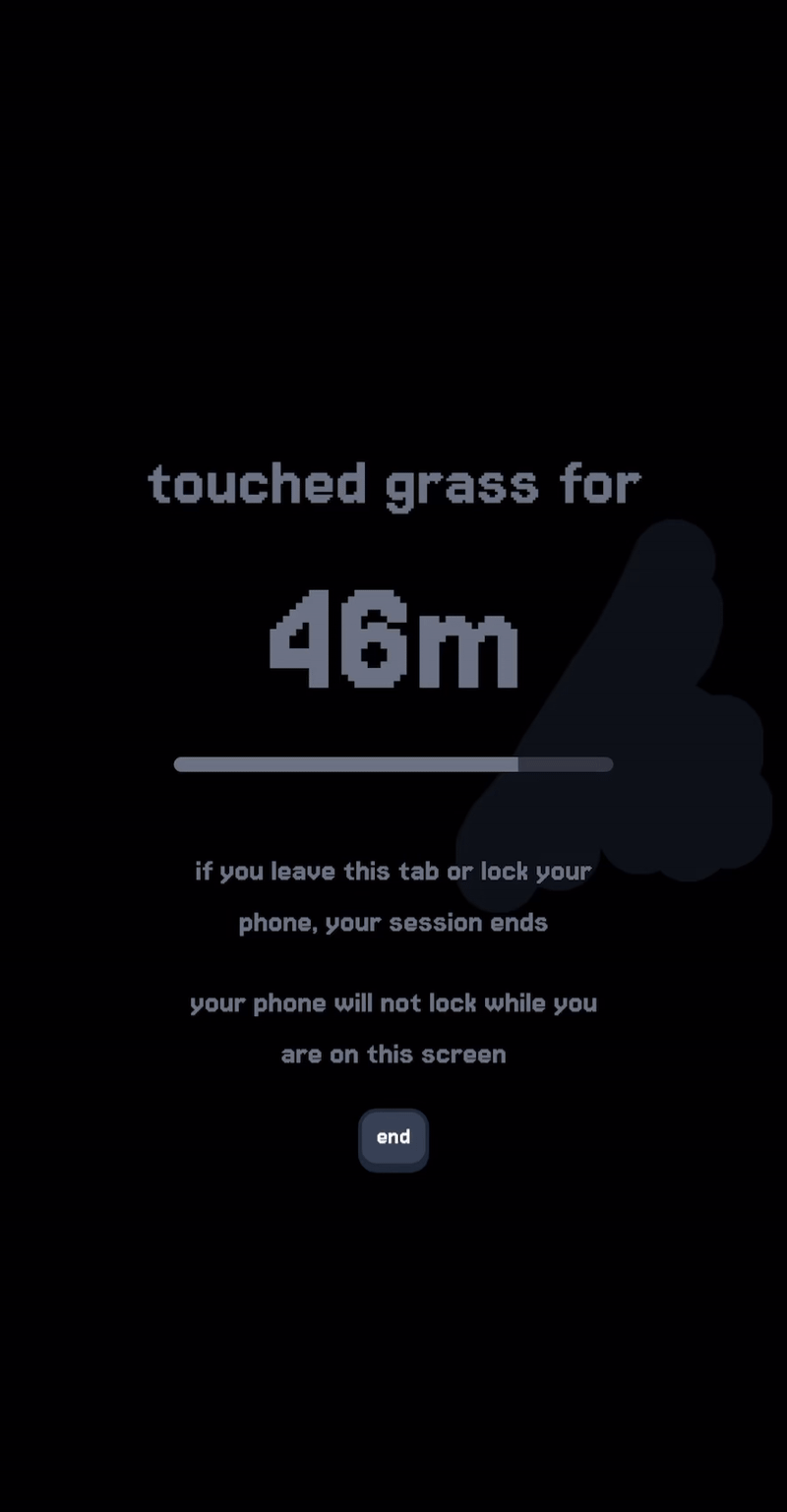My wife and I recently moved to New York from Australia. A teacher and a software engineer, our plan was to spend a few years living abroad before having kids. And it’s been fantastic.
But about one month ago while visiting us in New York, my wife’s parents were in a very bad car accident. Everyone involved is alive and going to be okay. But what followed was a series of emotional, physical and logistical challenges that pushed the entire family — in particular my wife and her parents — to their limits.
Nothing can prepare you for these kind of situations. I thought I had experienced stress before, but this was another level of intensity. As my wife put it, “it felt like something out of a movie”.
After the initial shock of the accident, the logistical nightmare began. For the first week my wife and I were practically glued to our phones, in constant contact with family members, insurance companies and air ambulance services, working to get her parents back to Australia. Unsurprisingly, my screen time reached all-time highs that week:
I found myself obsessively checking my phone for updates, sending empty messages and mindlessly scrolling feeds. Sometimes I would just unlock my phone, stare at my home screen for a few seconds, and put it back in my pocket. I was spending up to 12 of my 16 waking hours staring at a screen, instead of being there for my wife and her parents. I was hiding on my phone.
I don’t have an addictive personality. I don’t gamble or do drugs. I don’t spend hours on TikTok or Instagram. But I am undeniably addicted to my phone. And this was the week I finally needed to deal with it.
Trying out solutions
I started by setting some aggressive app usage limits with Apple’s Screen Time feature. I allowed 30 minutes on social and entertainment apps like YouTube, X and Instagram, and blocked all apps from 9pm-7am. This didn’t work for a few reasons:
It was too easy to bypass the limits (go to settings and disable, or just use the web app in the browser).
Sometimes I needed to use apps I was blocking — apps like YouTube can be incredibly useful or incredibly distracting depending on the context.
Next, I tried popular screen time management apps like brainrot, freedom and refocus. These were great, polished products, but they were primarily extensions Apple’s Screen Time framework. I ran into the same problems.
I realized I didn’t necessarily want to be on my phone less. My phone is an incredibly useful tool, and sometimes the distractions were helpful. What I needed was intentional stretches of time away from my phone.
Eventually I found Forest, an app that more closely resembled what I was looking for: press a “Plant” button and watch your tree slowly grow over a predefined period of “focus time”, and if you leave the screen during that focus time (e.g. to use another app), your plant dies. They even plant real trees based on your distraction-free time.
The psychology of Forest was much better: rewarding good behavior (mindful time) instead of punishing bad behavior (wasted time), and using simple goal-setting with some loss aversion (a dying tree) to lightly encourage the user to keep going.
I tried it for a day and had some success, but the app was geared towards productivity. My use case was social: I wanted to stay off my phone during hospital visits, meals, and important conversations. Unlike a 25 minute pomodoro sesssion, I didn’t know the length of a session ahead of time — it could be a 15 minute walk or a 2 hour dinner.
Building my own
After struggling to find the right product, I decided to build my own. Between the hours of 10pm and 1am I iterated on a little prototype in our hotel room: a static website with a start button, a focus screen, and some basic logic to locally track my last, longest and total time. I used midjourney video to generate a looping gif of a pixelated forest, and voila:
When I needed to be present, I opened touchgrass.fm, pressed “Start” and put my phone in my pocket. Every time I impulsively reached for my phone, I would see the focus screen and ask myself “do I really need to use my phone right now?”. The answer was usually no. It worked surprisingly well.
I shared the website with my wife and some friends and ended up layering in some social proof and light incentives with a leaderboard and weekly goals. The dynamic challenge of beating my previous times (and my friends) proved more effective than self-imposed deadlines from other apps I had tried. Strangely, the most effective feature that curbed my screen time was a canvas I added to the focus screen — I found that literally scribbling on the screen for a few seconds could satisfy my finger swiping itch (sad, but effective).
It felt great to build something for myself that made a big difference in a difficult situation. I decided to share it on the off chance it helps someone else in one of those situations, or helps someone that just wants to be more present in their day to day life.








